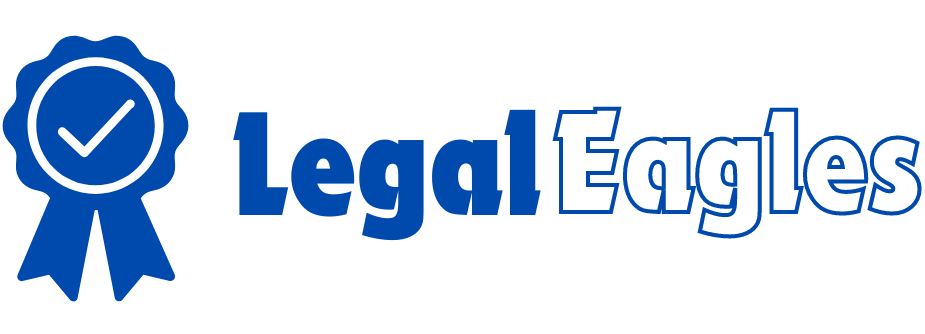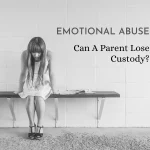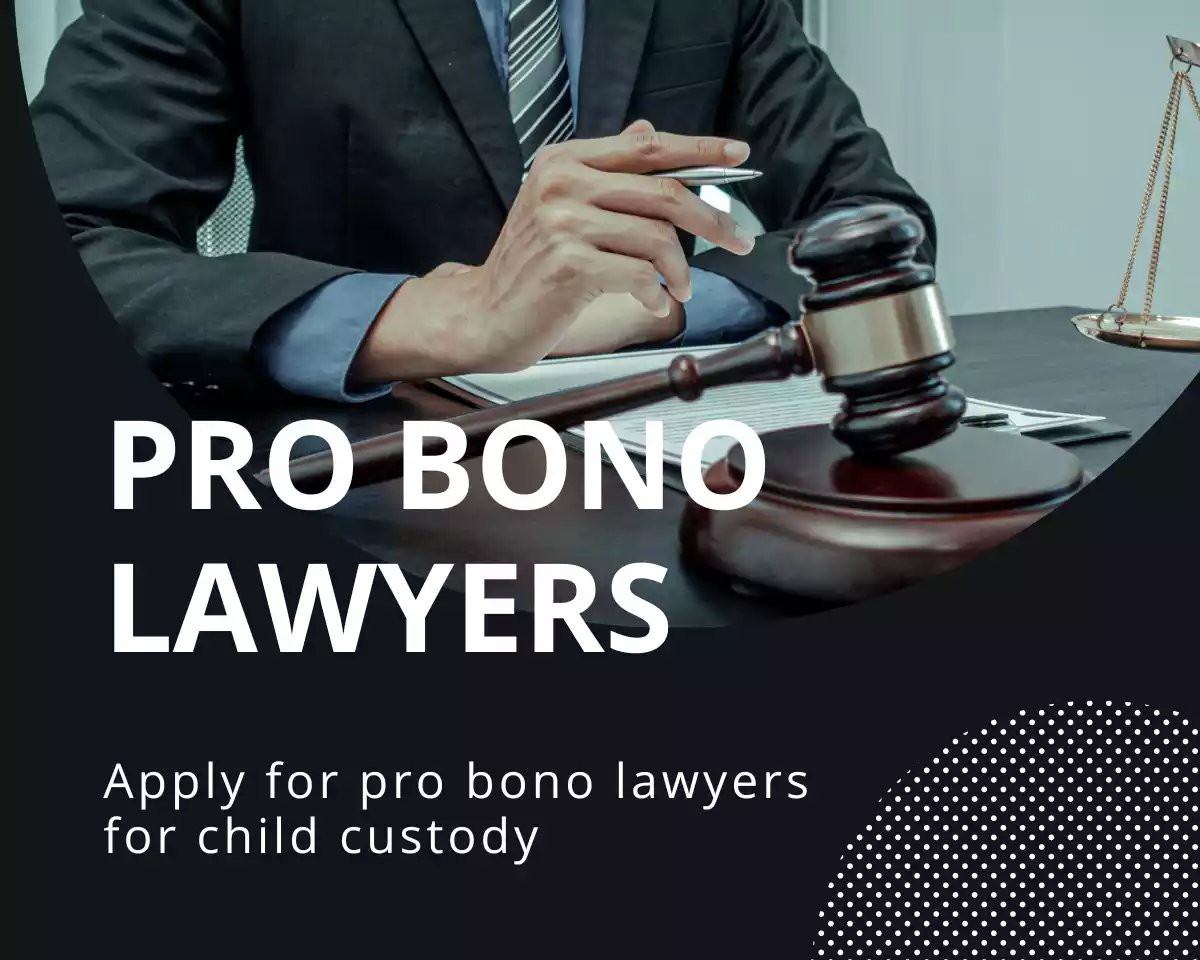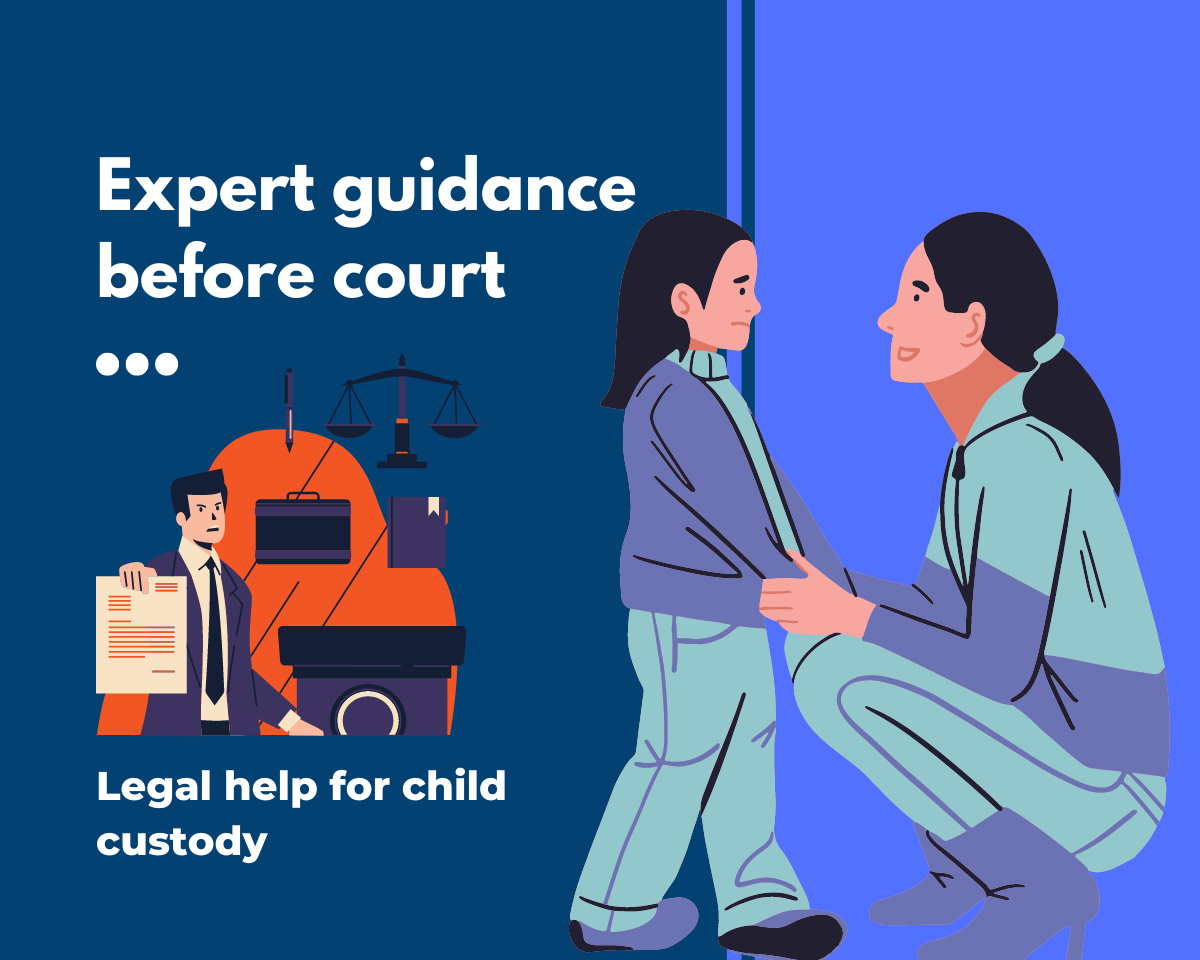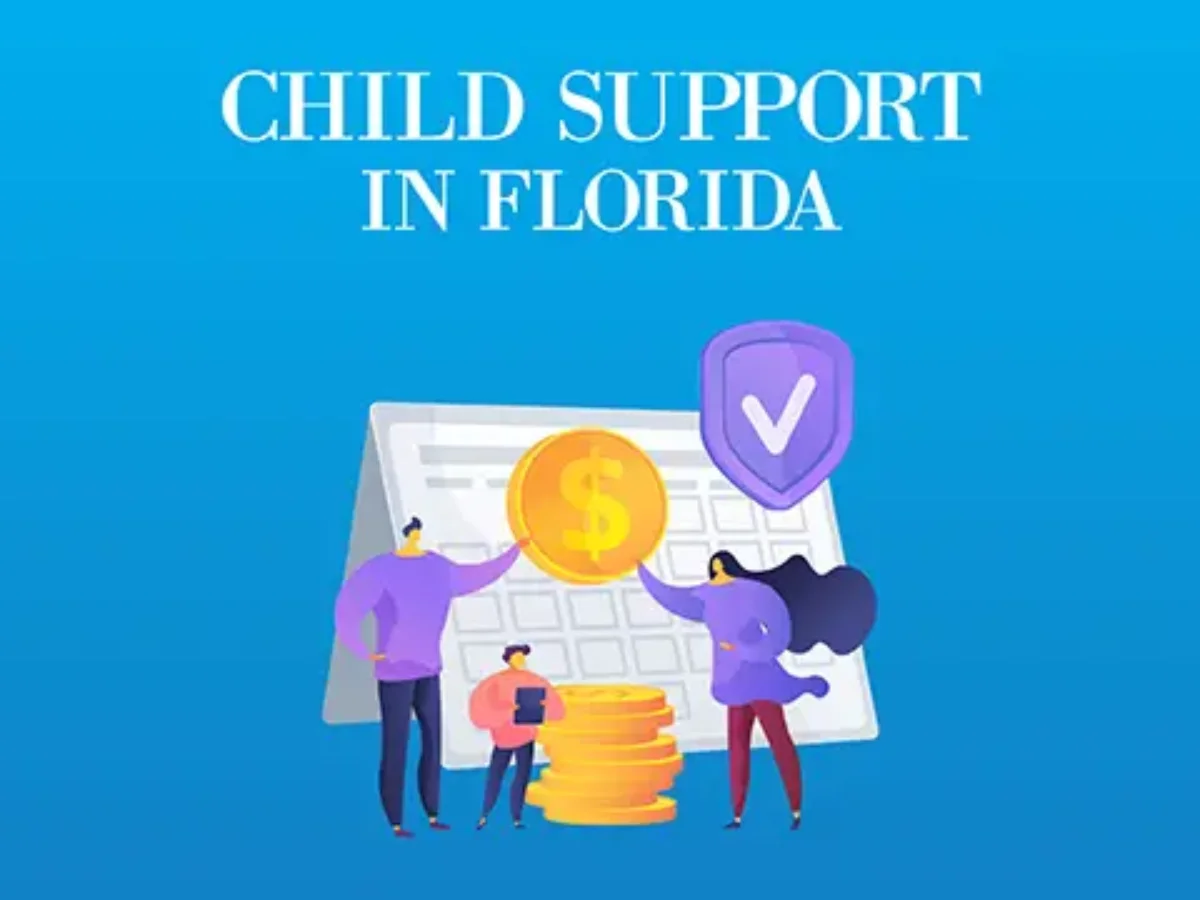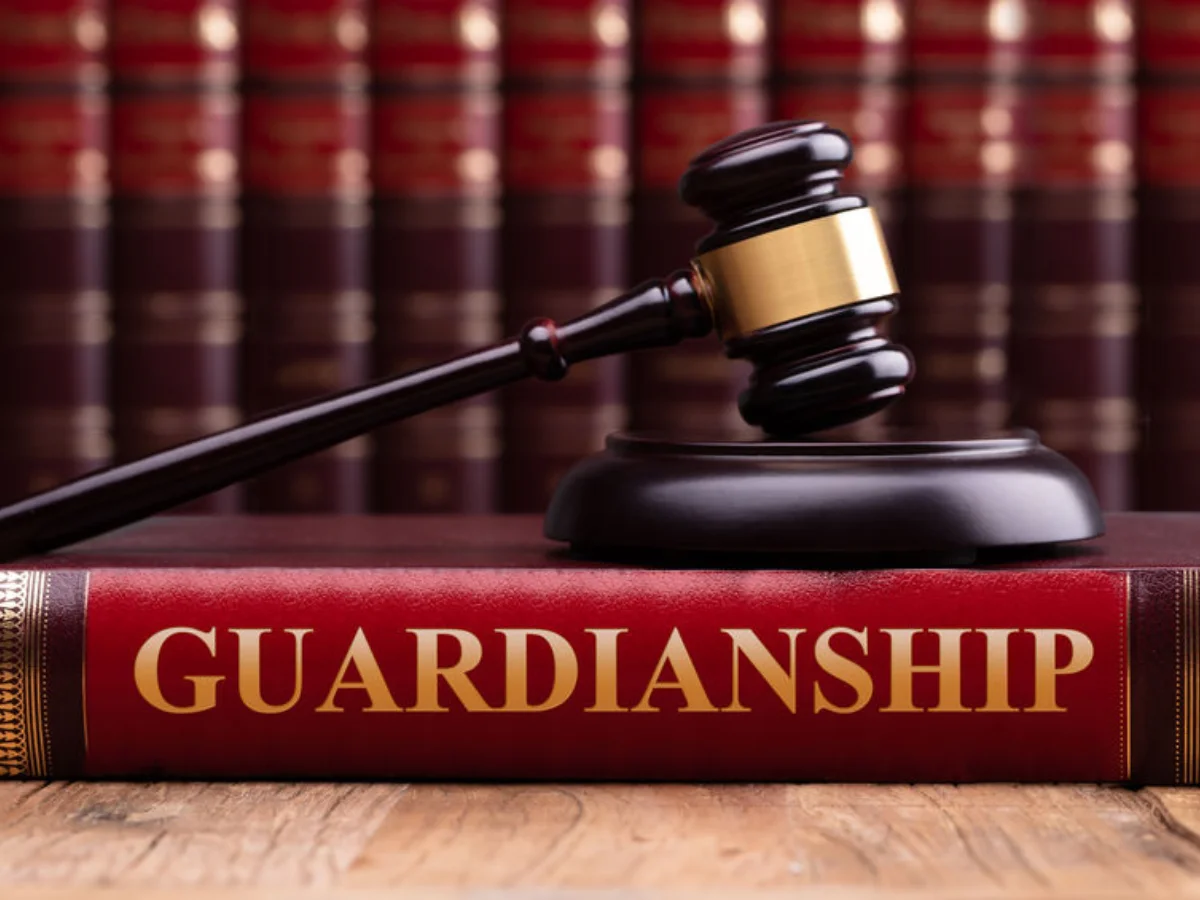Introduction : what does supervised custody status mean on vinelink
Understanding VINELink Explaining the Importance of Supervised Custody Status
VINELink, a valuable resource for individuals seeking information about incarcerated individuals, provides detailed information about various custodial statuses. One important status to consider is supervised custody. In this article, we will delve into the nuances of supervised custody and shed light on its significance for public safety and rehabilitation.
Overview of Supervised Custody
Definition and Purpose of Supervised Custody
Supervised custody refers to a custodial status where individuals are granted conditional release from confinement, subject to close monitoring and specific conditions. Its primary objective is to strike a balance between public safety and the offender’s potential for rehabilitation.
Distinction Between Supervised Custody and Other Custodial Statuses
It is crucial to understand the differences between supervised custody and other custodial statuses, such as unsupervised custody or incarceration without conditional release. Unlike unsupervised custody, individuals under supervised custody must adhere to strict reporting obligations and face limitations on their activities and locations. By contrast, incarceration without conditional release does not involve the ongoing monitoring and support provided in supervised custody.
Legal Framework for Supervised Custody
Supervised custody operates within a legal framework that ensures the careful consideration of relevant factors during the decision-making process. This framework involves the collaboration of courts and parole/probation officers to determine an individual’s eligibility for supervised custody.
Criteria for Placement in Supervised Custody
Factors Considered for Placement
Placement in supervised custody involves a comprehensive assessment of various factors. These factors may include the individual’s prior criminal history, risk assessment, potential for recidivism, as well as their behavior and compliance during confinement. Evaluating these elements helps determine the appropriateness of supervised custody as a means of rehabilitation.
Role of Court and Parole/Probation Officer
- Court Decisions Court decisions play a pivotal role in the placement of individuals under supervised custody. Judges analyze the facts of the case, consider the recommendations of probation officers, and assess the potential benefits and risks associated with supervised custody.
- Parole/Probation Officer Evaluation Parole or probation officers also hold significant influence in the placement process. They conduct thorough evaluations to assess an individual’s suitability for supervised custody, taking into account the court’s decisions, risk assessments, and the individual’s willingness to comply with the conditions of release.
Conditions and Restrictions of Supervised Custody
Reporting Obligations
- Regular Check-Ins Individuals under supervised custody must adhere to a rigorous schedule of regular check-ins with their assigned parole or probation officer. These check-ins allow officers to monitor their compliance with the conditions of release and gain valuable insights into their progress.
- Required Meetings Alongside check-ins, individuals may be required to attend meetings as part of their supervised custody. These meetings may involve discussions on progress, counseling sessions, or the formulation of personalized treatment plans.
Prohibited Activities and Locations
- No Contact Orders To protect the welfare of potential victims, supervised custody often entails strict no contact orders. These orders prohibit individuals from interacting with specific individuals who may be deemed at risk. Adhering to such orders is crucial to maintaining the integrity of supervised custody and ensuring public safety.
- Restricted Areas Supervised custody may also impose restrictions on individuals by delineating certain prohibited areas. These restricted locations, such as specific neighborhoods or establishments, form an essential part of the conditions for supervised custody, safeguarding against potential criminal activities or negative influences.
Electronic Monitoring and GPS Tracking
As an additional layer of oversight, supervised custody may involve electronic monitoring and GPS tracking. This advanced technology aids in ensuring compliance with reporting obligations and restricting individuals from prohibited areas. Such measures provide an increased level of public safety while simultaneously enabling the possibility of reintegration.
Role of the Supervising Agency
Responsibilities and Duties
- Monitoring Compliance The supervising agency bears the responsibility of closely monitoring individuals under supervised custody. This includes regularly reviewing their check-ins, attending meetings, and evaluating their overall compliance with the conditions imposed. Vigilantly assessing compliance is essential to maintaining public safety and increasing the chances of successful rehabilitation.
- Implementing Sanctions or Rewards In instances where individuals fail to meet the conditions of supervised custody or engage in prohibited activities, the supervising agency is responsible for implementing appropriate sanctions. Conversely, individuals who consistently demonstrate compliance and progress may be eligible for rewards or incentives, further motivating their rehabilitation efforts.
Case Management and Support Services
- Assistance with Employment and Housing The supervising agency plays a pivotal role in facilitating the reintegration of individuals back into society. By offering case management services, they can assist with crucial aspects such as employment and housing. This support is instrumental in rebuilding stable and productive lives, reducing the likelihood of reoffending.
- Counseling and Rehabilitation Programs In conjunction with case management, the supervising agency may provide access to counseling and rehabilitation programs. These programs address the underlying causes of criminal behavior, offer guidance, and equip individuals with the necessary skills to navigate a law-abiding life. The provision of such services contributes significantly to an individual’s successful reintegration.
Duration of Supervised Custody
Determining Factors
- Sentencing Guidelines The duration of supervised custody is typically determined by sentencing guidelines, which take into account the nature of the offense, the individual’s criminal history, and other relevant factors. These guidelines allow for a fair and proportionate duration of supervised custody, ensuring adequate time for rehabilitation.
- Assessment of Progress and Rehabilitation The assessment of an individual’s progress and rehabilitation efforts is a key factor in determining the duration of supervised custody. Regular evaluations help identify any advancements made towards reintegrating into society and reducing the risk of recidivism.
Possible Modifications or Termination
- Conditional Release Under specific circumstances, supervised custody may be converted into unsupervised custody through conditional release. Conditional release allows individuals to take a step towards regaining their complete freedom while still subject to certain conditions and supervision.
- Early Termination In exceptional cases where individuals demonstrate exceptional progress and compliance, the court may consider early termination of supervised custody. Such instances highlight the importance of rehabilitation efforts and provide hope for a brighter future.
Benefits and Challenges of Supervised Custody
Enhanced Public Safety
One significant benefit of supervised custody is the enhanced level of public safety it provides. By imposing strict conditions and monitoring compliance, supervised custody reduces the risk of individuals engaging in unlawful activities, fostering a safer community.
Potential for Rehabilitation
Supervised custody also offers a remarkable opportunity for rehabilitation. With the support of the supervising agency, individuals can access various services, counseling, and rehabilitation programs that aid in their successful reintegration into society. This focus on rehabilitation can ultimately break the cycle of criminal behavior and promote positive change.
Resource Allocation and Logistical Challenges
While supervised custody offers numerous advantages, it is not without its challenges. The allocation of resources required to support supervised custody programs can present a logistical burden on the criminal justice system. However, with careful planning and allocation, these challenges can be successfully addressed to ensure the effectiveness of supervised custody.
Impact of Supervised Custody on Offenders
Limitations on Freedom
One of the most apparent impacts of supervised custody on offenders is the limitations it places on their freedom. The strict reporting obligations, prohibited activities, and restricted areas curtail their ability to move freely within society. Nevertheless, these restrictions serve a vital purpose in maintaining public safety.
Enforcement of Compliance
Supervised custody enforces compliance through close monitoring, sanctions, and rewards. Offenders are held accountable for their behavior, with consequences for any violations. This enforcement ensures that individuals remain committed to their rehabilitation while adhering to the conditions imposed.
Support for Reintegration into Society
Despite the limitations, supervised custody also provides crucial support for offenders. By offering case management, access to counseling, and assistance with employment and housing, the supervising agency helps individuals reintegrate into society successfully. This support fosters a sense of belonging and purpose, increasing the chances of successful reintegration.
Public Access and VINELink
Role of VINELink in Providing Information
VINELink is an invaluable resource that allows the public to access information on individuals under supervised custody. Its role in disseminating accurate and up-to-date details empowers communities to stay informed and engaged in matters of public safety.
Understanding the VINELink Software Interface
The VINELink software interface, user-friendly and intuitive, provides seamless navigation for individuals seeking information about supervised custody. By offering a comprehensive platform that encompasses various custodial statuses, VINELink ensures that the public has a reliable resource for understanding and accessing information.
Summary
A Recap of Key Points Importance of Supervised Custody for Public Safety and Rehabilitation
Supervised custody plays a crucial role in achieving public safety and promoting rehabilitation among offenders. By closely monitoring individuals, imposing specific conditions and restrictions, and offering necessary support, supervised custody equips individuals with the tools for successful reintegration. Ultimately, it aids in breaking the cycle of criminal behavior, fostering safer communities, and offering hope for a brighter future.
FAQs
How Can I Determine if Someone is on Supervised Custody?
VINELink allows individuals to access information regarding supervised custody status. By entering relevant details, such as the individual’s name and jurisdiction, you can ascertain whether someone is under supervised custody.
Can an Individual on Supervised Custody Leave the State?
Under the conditions of supervised custody, leaving the state may be restricted. Prohibited activities and restricted areas usually encompass jurisdictional boundaries. However, specific exceptions may apply, such as conditional approval for travel with prior authorization.
What Happens if Someone Violates the Conditions of Supervised Custody?
Violating the conditions of supervised custody can have consequences. The supervising agency will enforce sanctions, which may range from increased monitoring to revocation of supervised custody status, depending on the severity and frequency of the violations.
Can Supervised Custody be Converted to Unsupervised Custody?
Supervised custody can be converted to unsupervised custody through conditional release. Conditional release allows individuals to transition into a less restrictive custodial status, provided they meet specific criteria and continue to demonstrate compliance with the conditions imposed.
Contents
- 1 Introduction : what does supervised custody status mean on vinelink
- 1.1 Overview of Supervised Custody
- 1.2 Criteria for Placement in Supervised Custody
- 1.3 Conditions and Restrictions of Supervised Custody
- 1.4 Role of the Supervising Agency
- 1.5 Case Management and Support Services
- 1.6 Duration of Supervised Custody
- 1.7 Possible Modifications or Termination
- 1.8 Benefits and Challenges of Supervised Custody
- 1.9 Impact of Supervised Custody on Offenders
- 1.10 Public Access and VINELink
- 1.11 Summary
- 2 FAQs
